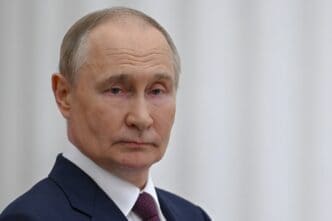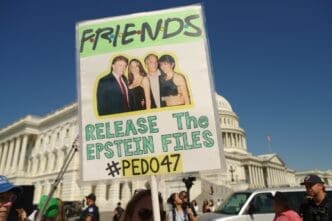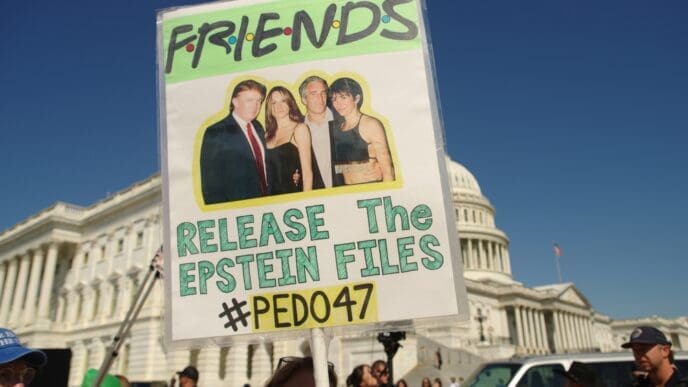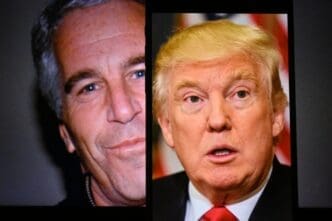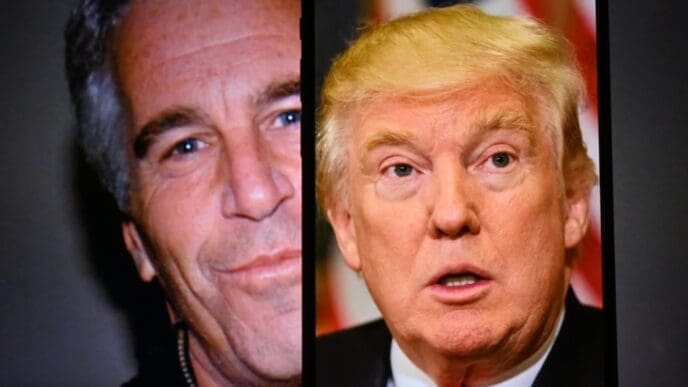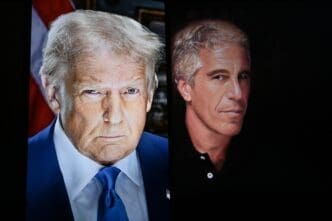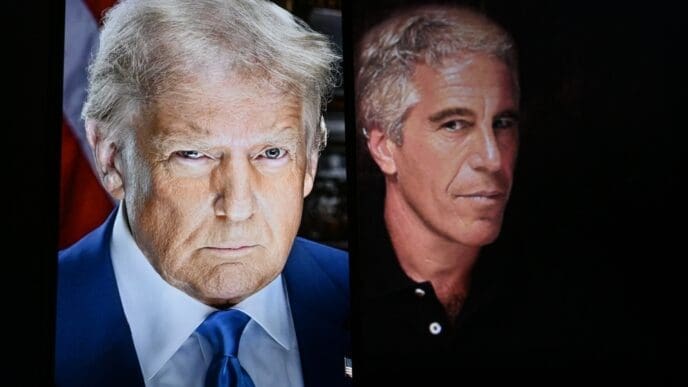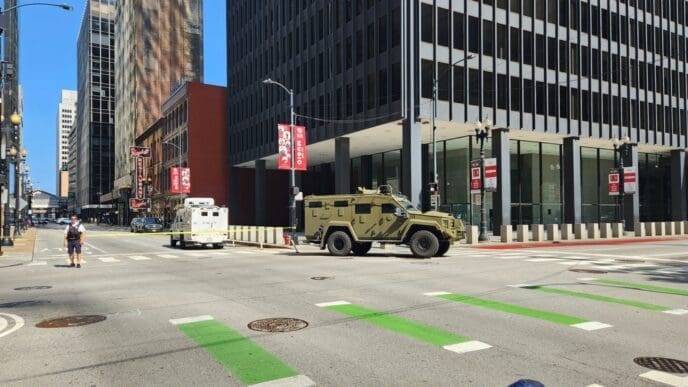Executive Summary
The Story So Far
Why This Matters
Who Thinks What?
President Donald Trump’s perceived misreading of Russian President Vladimir Putin’s intentions regarding a peace deal has reportedly come at a significant cost to Ukraine, according to a recent analysis. The assessment suggests that Trump’s belief in his ability to broker peace, coupled with a strategic view of Moscow as a potential US ally against China, provided a window for Russian forces to advance. This interpretation of the situation has, according to the analysis, led to a clearer understanding in Washington of Russia’s objectives, particularly following intensified aerial bombardments of Kyiv.
Escalation in Ukraine
The analysis highlights a recent, relentless aerial bombardment of Kyiv, which included a strike on the Cabinet of Ministers building for the first time since the war began. European leaders have reportedly interpreted these attacks, which also hit European Union and British Council offices, as a clear signal that Moscow is not interested in peace.
Record drone launches are believed to be designed to overwhelm Kyiv’s defenses, leading to civilian casualties, including children. US presidential envoy Keith Kellogg publicly described these assaults as an “escalation” on Sunday.
Russia’s Bolstered Position
The timing of Russia’s intensified attacks is reportedly seen as no coincidence, following Putin’s recent visit to Beijing. During this visit, Putin met with President Xi Jinping and Indian leader Narendra Modi, a gathering perceived by the analysis as a move to showcase an unbowed bloc.
The practical implications of this perceived renewed support for Russia remain uncertain, but it is believed to have increased Moscow’s confidence. Ukrainian officials reportedly fear a new Russian assault on Pokrovsk in the east and potential progress near Kupiansk farther north, suggesting Russia is leveraging the time it has gained.
Trump’s Economic Response and Challenges
The analysis suggests the situation is now placing renewed pressure on Trump, despite Europe’s pledges of increased spending and ongoing commitment to Ukraine. Trump reportedly threatened “phase two” sanctions on Russia, which the article presumes could involve widening tariffs against India and introducing them for China.
However, existing 50% tariffs against New Delhi have reportedly had limited effect. Sources describing Indian oil markets to CNN indicate a potential increase in India’s purchases of Russian oil by 15% to 50% in the coming months. US legislators have an oven-ready bill proposing sanctions against Russian banks and those working with them, alongside up to 500% tariffs against countries purchasing Russian oil.
The article notes that Trump is allowing Europe to fund Ukraine’s acquisition of weapons, including longer-range missiles, which President Biden had previously hesitated to provide. Trump’s Treasury secretary, Scott Bessent, suggested future moves could lead to a “full collapse” of the Russian economy, potentially bringing President Putin to the negotiating table.
Outlook and Lessons Learned
While not a forlorn hope, this strategy is viewed as potentially underestimating the existential nature of the conflict for Russia’s leader. Economic pressure might make Putin uncomfortable but is unlikely, according to the analysis, to deter him from his main goal: a victory broad enough to justify the war’s significant human and economic costs for Russia.
The prognosis for the months ahead is described as gloomy, with potential Russian territorial gains of strategic importance. The analysis concludes this is an impossible task, partly attributing it to Trump’s approach, but primarily to Putin’s perceived disinterest in peace.
The article asserts that the past eight months under Trump have been unproductive in terms of planning for Ukraine’s survival and European security, citing perceived overtures to Moscow and an undermining of transatlantic alliances. However, it concludes that these months have provided an “invaluable lesson” about the clear division of sides, leaving no illusions about Putin’s intentions.

